26.02.2020
Step 10 – The first investigation of the children
Marek James
Marek James was a citizen of our city, Radom. He was born on 17 March 1939 in Radom. His parents were Adam and Zelda and they lived at 52 Traugutta Street ( this building still exist). Our own research (in State Archives) has revealed that Mark`s mother was born on 14 November 1912. Her maiden name was Glat. In Radom`s census was written she was`no profession`. She probably was a lady of the house. We did not find information about Mark`s father in State Archives in Radom. There were 7 names Mark`s family mambers in Radom`s census. One of them lived at 52 Traugutta Street and he was a clerk. His name was Abraham Icek and was born in Iłża, a city near Radom.
Steps to historical facts of Mark`s fates and his family
- The family was forced to live to Large Getto in Radom.
- In 1943, three members of Mark`s family were deported to the Pionki Labour Camp, 24 km from Radom. They worked there in a gunpowder factory. Mark was probably with them.
- In summer 1944, the family were deported to Auschwitz. Mark was given there the prisoner number B 1159.
- Mark`s father was deported to the Sachsenhausen Concentation Camp. Mark`s mother after separating of her son was taken to Gross-Rosen Concentration Camp.
- On 28 November 1944, Mark James was deported to Neuengamme Concentration Camp.
- On 20 April 1945, Mark James was murdered on Bullenhuser Damm. He was 6.
- Mark`s parents survived the camps. They lived in southern Germany where their son was born in 1947. They named him Marek like his older brother.
- In 1949, the James family emigrated to the United States.
Source: Own research in State Archives in Radom
25.02.2020
Step 9 – Students and history …
We try to ask the questions:
1.How am I connected to history today?
2.How were the children identified?
3.How our city is connected to history?
20.02.2020
Step 8 - Walking Through History, part II.
We visted The Centre for Culture and Art “Resursa Obywatelska”, the Municipal Cultural Institution. We were talking about our project – Youth Project 2020 and got two books: Księga Radomia and Beit Radom.
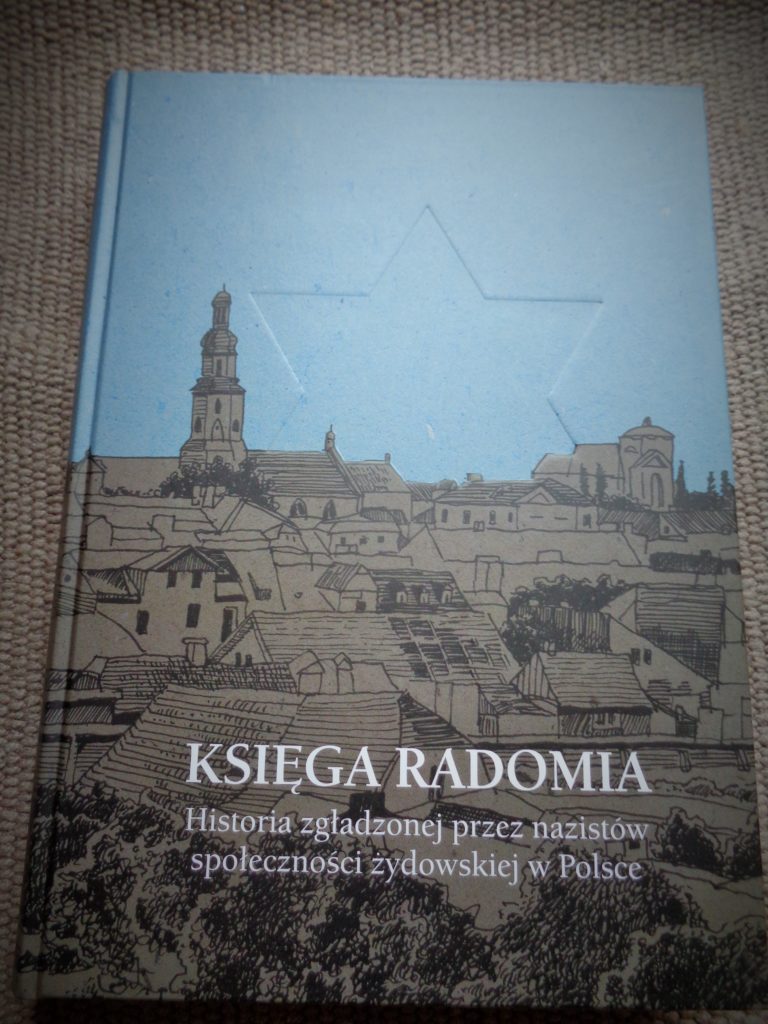
Resursa Obywatelska” has been organising the “Trace” – Encounters with Jewish Culture every year since 2009. This important event, which takes place every April, has been given a symbolic title referring to just a few traces of Jewish culture left in our town. This community of the interwar period, which constituted almost a third of the city’s population, perished during the Holocaust. The disappearance of the Jewish community meant the disappearance of multicultural and multidimensional Radom. That is why the purpose of the Encounters is to both restore the memory of those people and to present the broadly understood Jewish culture to the residents of Radom through historical meetings, exhibitions, films and concerts.
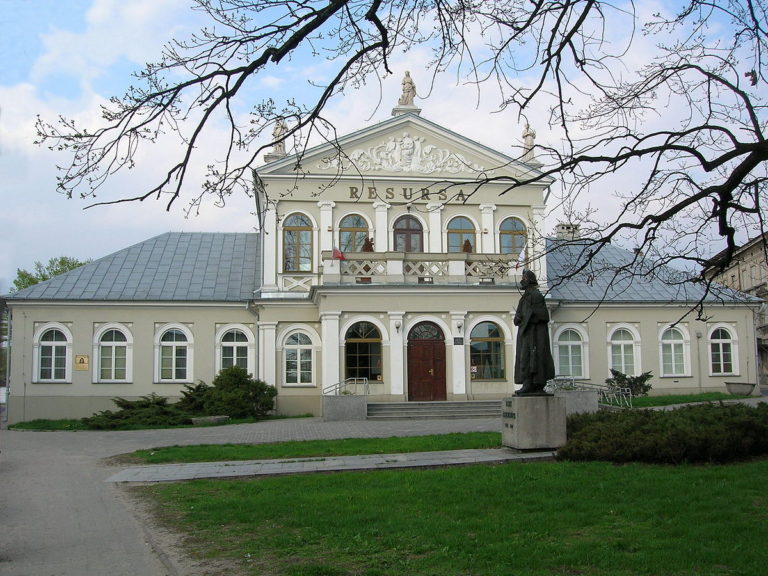
Source: serwer1716421.home.pl/index.php/about-the-resursa.html [20.02.2020]
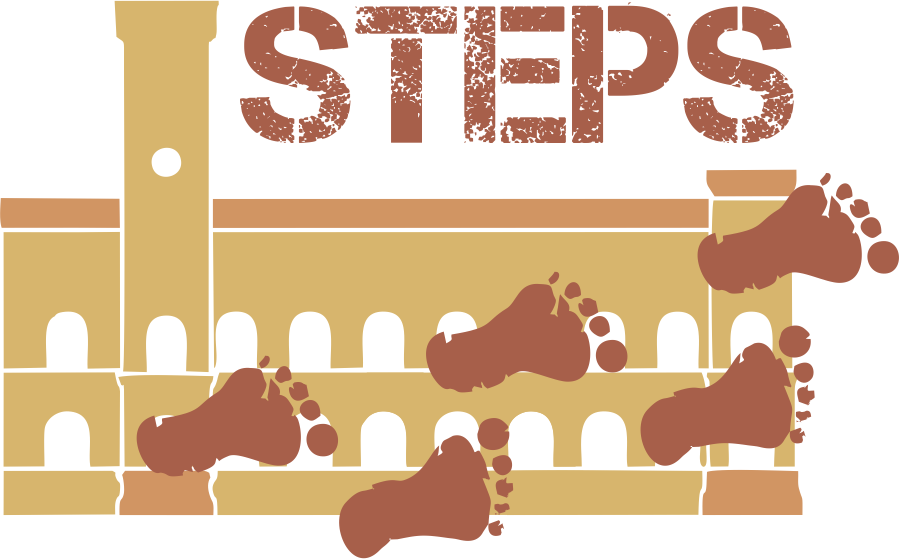
19.02.2020
Step 7 - Walking Through History, part I.
In this part, we will try to show Past and Present. The part is designed for everyone who are willing to learn about the history of our city. You can watch a walk in contemporary Radom .Each of us wiil be a guide.
Photos show places where a large getto was located.

18.02.2020
Step 6 -`The Forgotten man`

`The Forgotten man` is a song – a parody on a Polish tango . The Polish words was written by a luckly survivor , Renia Sanitsky – Greenberg. The song was popular in the ghetto in typical of these days…
In the morning when you wake up,
All you face is pain and woe.
No one’s here your case to take,
And like a candle you sink low.
On Walowa you chase about,
Frantic to make some dough.
Afraid to speak out loud
That you were, once, in the front row.
You were rich, had friends galore,
Handsome, high-class!
Now they see you no more,
Forgot you, oh, what a mess!
Need a room, poor man?
In the morgue is room aplenty.
Want a pass, you damn?
Will do, only for dollars twenty.
Can’t afford?
Hungry, broke?
Don’t give up, stay sane!
For strange is fate’s stroke,
The sun will shine again!
Rankiem, kiedy się budzisz,
Wszystko przed tobą to ból i strach.
Nikt nie weźmie twojej sprawy
I jak świeca spalasz się.
Śmigasz sobie po Wałowej,
Chcąc zarobić parę groszy,
Bojąc się głośno mówić,
Że kiedyś byłeś kimś.
Byłeś bogaty, przyjaciół w bród,
Przystojny, z wyższych sfer.
Teraz cię nie odwiedzają
Zapomnieli, co za wstyd.
Czy potrzebne ci mieszkanie?
Tu w kostnicy miejsca w bród.
Chcesz przepustkę, mój kochany?
Tylko za 20 dolców.
Nie stać cię?
Głodnyś, bez forsy?
Nie poddawaj się, bądź zdrów!
Dziwne są koleje losu,
Słońce jeszcze nam zaświeci!”

17.02.2020
Step 5 - Daily life in the Radom Ghettos
On March 29, 1941, Dr. Karl Lasch, Governor of Radom, issued a decree establishing two separate Ghettos in Radom: one around Walowa Street and a smaller one in the suburb of Glinice. The decree created a panic among the Jews, who had only ten days to move from their homes and find new ones in already overcrowded parts of the city.
Inside the Ghettos
The food rations granted to Jews were purchased from supply centers and distributed in stores throughout the Ghetto. The department was headed by Moshe Leslau and Joseph Stelman. Bread rations became smaller and smaller. The monthly food quota distributed in the ghetto was hardly enough to last for a couple of days. The Jewish Council made an effort to ease the situation by opening a large kitchen, under the management of Selig Goldberg, and free soup was served daily. It became more difficult to bring food into the ghetto. Poverty and hunger became more widespread, and there was an outbreak of epidemic diseases – especially typhus.
Rachel R. describes an ordinary day in the ghetto:
We sit down to breakfast. Every minute somebody knocks on the door. We are besieged by hungry beggars, who plead for a piece of bread; but how can we feed everyone? The ration card is good for only seventy grams of bread a day, and on the black market a loaf of bread costs twenty-five zlotys. But there are beggars who refuse to leave unless they get something, and then we have our own paupers who come to us a few times a week for dinner. We cannot give, but we cannot refuse either (…).
The day ends. We hear somebody knocking on a neighbor’s door. A policeman has come to look for someone who did not show up for forced labor. We all heave a sigh of relief. Another day in the ghetto is over. What awaits us tomorrow? Maybe we are getting closer to our redemption?(…)
Source: https://www.jewishgen.org/Yizkor/radom/rade039.html#Page42 [17.02.2020].

14.02.2020
Step 4 - State Archives in Radom
13th February we visited State Archives in Radom. We collected historical documents and used the datebase JRI ( Jewish Records Indexing – Poland).
Files of Radom, including: the Town Council and Town Hall files, correspondence of the Jewish public societies, trade unions, guilds etc.; files of the Radom notary Paweł Kern of the following years: 1934, 1935, 1937, 1946; the School Inspectorate in Radom from the period 1916 – 1939, files of the Radom District School Commission of 1915 to 1918; materials about the life of Jews in Radom from 1939 to 1945, including: the branch of the Court of Law in Lublin Extraordinary Prosecutor post-war investigation materials: testimonies of the Nazis victims and their torturers, the Radom prison files, inter alia: a collection of several thousand identity cards belonging to the Radom ghetto dwellers; the collection of posters, playbills and leaflets i.e. anti-Jewish announcements published by the German authorities; the Radom District Governor files (materials from the occupation); materials held by the Regional Jewish Committee in Radom of 1945-1950, including: correspondence documenting the life of the Jewish community in Radom after the war: migrations, Jewish possessions, economic activity, work for restoration of the social and political life after the Extermination.
Source: https://sztetl.org.pl/en/towns/r/601-radom/126-archives/7070-state-archives-radom [13.02.2020].
Photos by Basia & Claudia
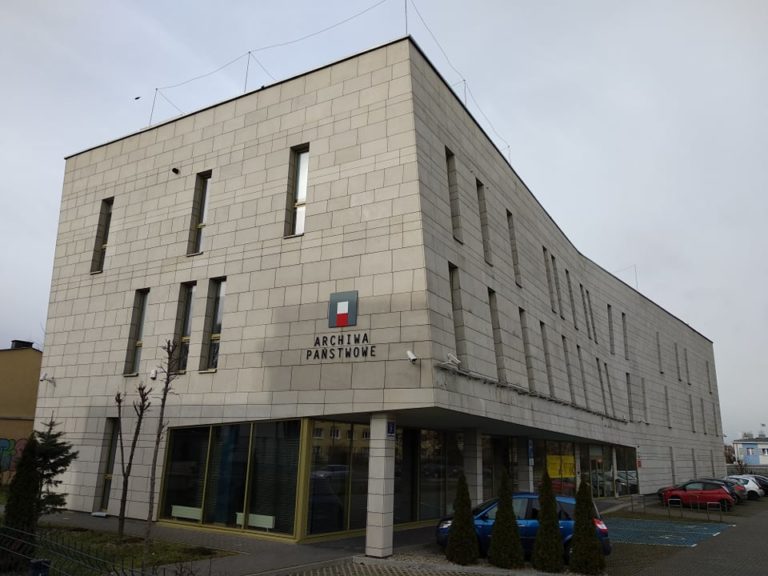
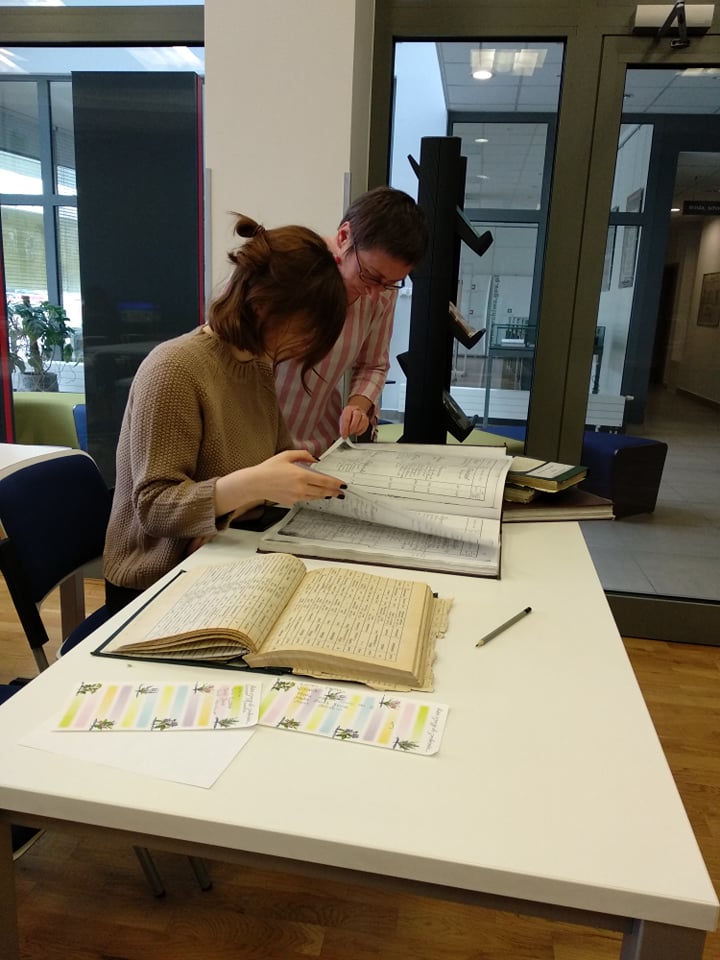
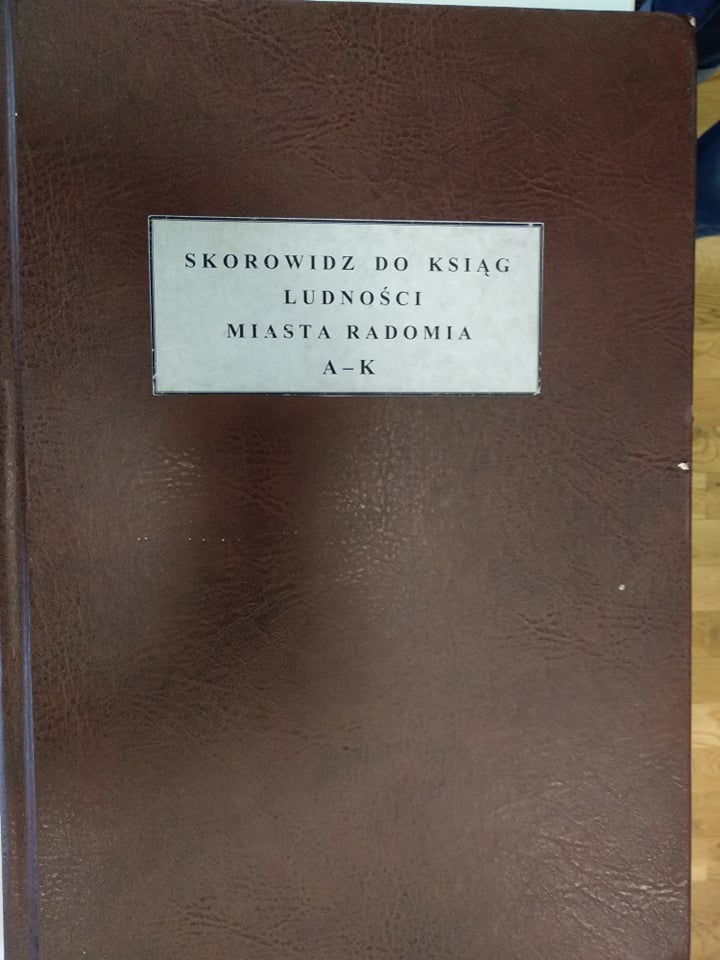
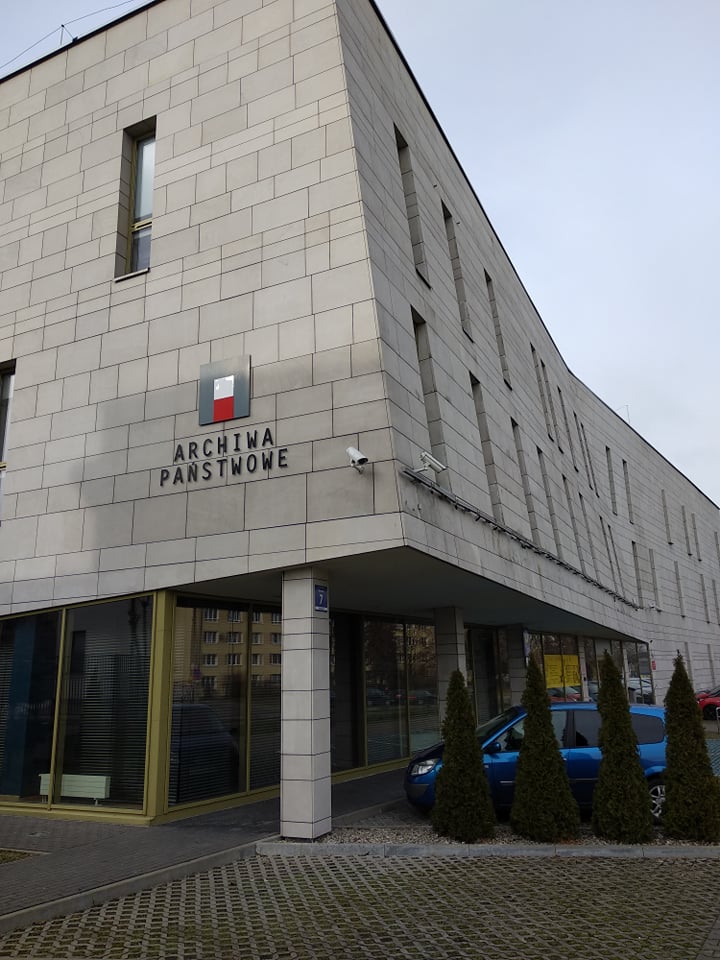
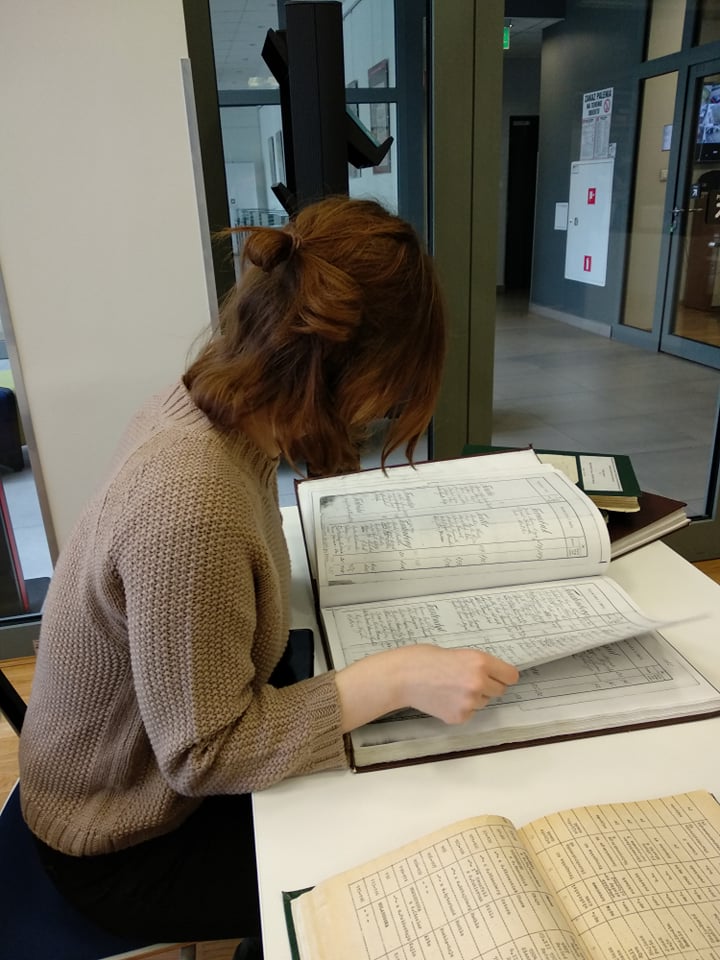
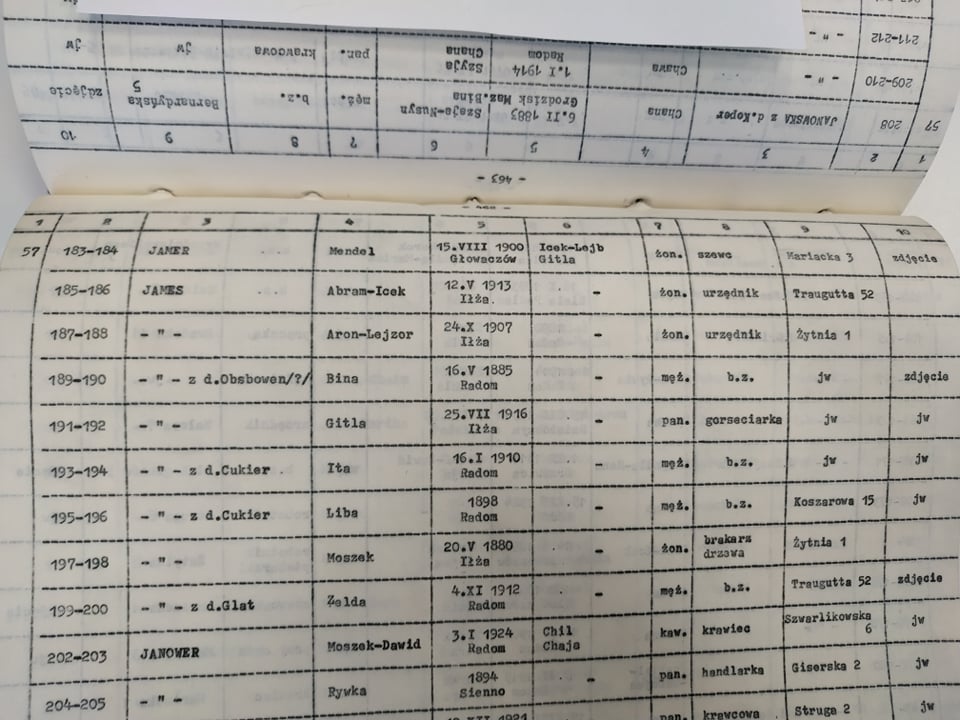
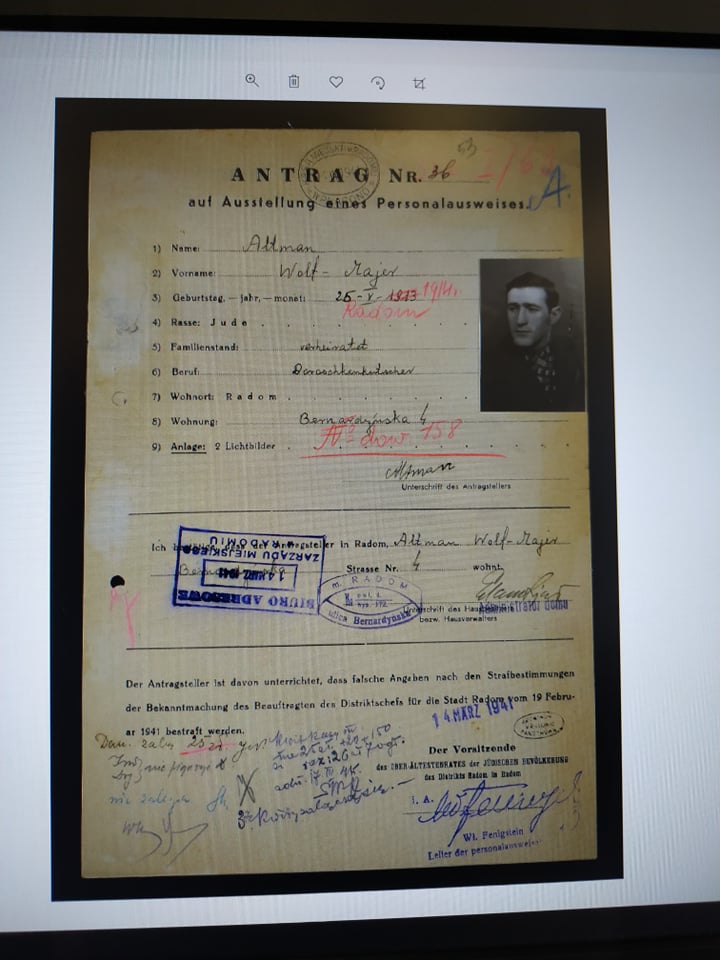
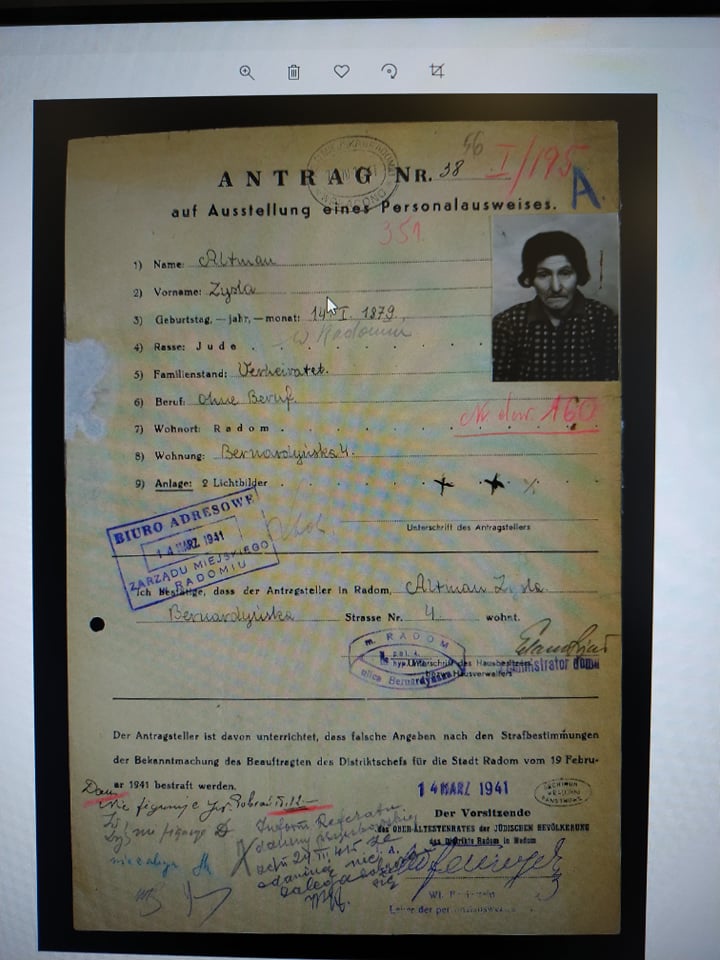
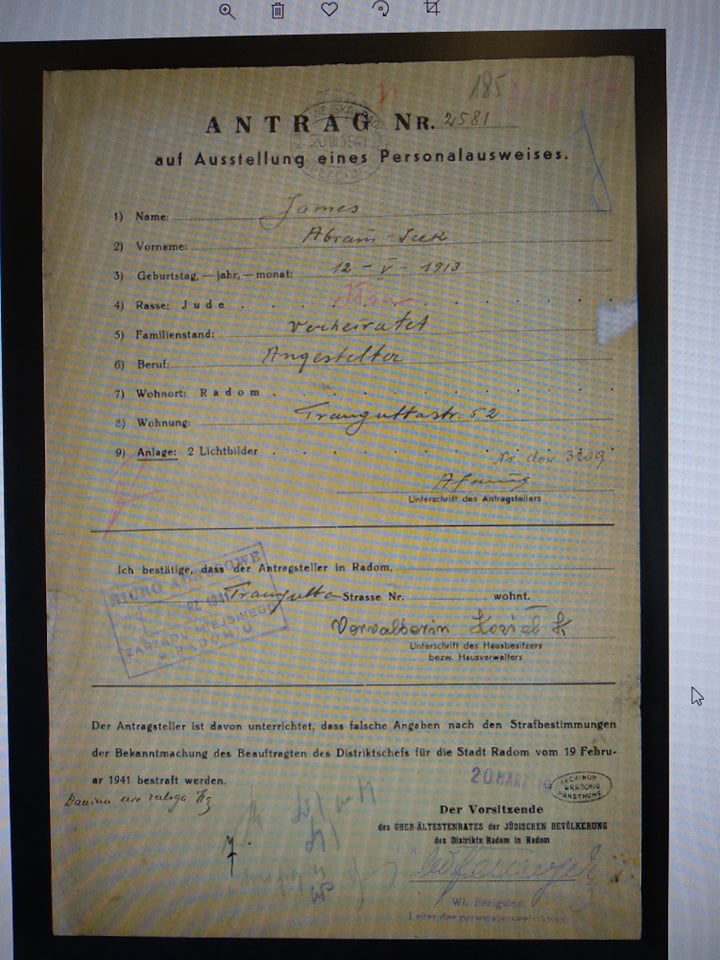

13.02.2020
Step 3 - One step at a time
The large ghetto and the small ghetto in Radom
The city of Radom was occupied on 8 September 1939. On the 25 October Hans Frank, Governor General said in Radom: “Be tough with the Jews. What joy! – you can finally get at them. The more die, the better (…). Make the Jews feel we are here (…). We will oppress them everywhere we can.”
Between March and April 1941, the Germans established two ghettos: The large ghetto in the centre of Radom contained 27,000 people and the small ghetto in the Glinice suburb about 5,000.
The large ghetto centred around Wałowa with adjacent streets, the area traditionally inhabited by Jews. From the north, the border ran along Reja Street, in the middle were the streets around the Market Square: Szpitalna, Żytnia, Mała, Grodzka and Wałowa. On the other side of the Square were Bóżnicza, Podwalna and Bernardyńska Street as well as the Town Hall Square. This area was relatively densly populated, so the boundaries were naturally fromed by the walls of the buildings and no special walls like those in the Warsaw Ghetto, were built. The windows of the houses looking out onto the Polish side had to be walled up, and the only gate at which Polish and Jewish policemen were stationed was at the junction of Wałowa and Żeromskiego Street.
During the first months of Nazi rule, the following decrees were issued by the Germans, aimed at robbing the Jews of their property and civil liberties. Most of the decrees were measures designed to humiliate the Jews and isolate them from the rest of the population, or simply to make their lives miserable.
Jews could not own a radio, under penalty of death; all radio receivers were to be handed over to the German police.
All Jews over ten years of age were ordered to wear white armbands with blue “Star of David” insignia. Non-compliance was punishable by execution.
Jews were prohibited from walking on sidewalks.
Public religious services were prohibited.
Jewish political parties and trade unions were banned.
All Jewish schools were ordered closed.
Jews were not allowed to travel outside their places of residence without special permission.
Jews were forbidden to ride on public transportation without special passes.
Jews were forbidden to enter theaters or cinemas.
Jews were banned from Lubelska Street, the main street of the city, Rynek (City Hall Square), and other streets housing Germans in homes taken away from Jewish tenants.
Jews were not allowed to have more than 150 zlotys in cash.
Jews could not sell their real estate or business properties.
Jewish doctors, lawyers, and musicians were prohibited from performing services for non-Jews.
Jewish factories and large enterprises, as well as apartment buildings, were taken over by a government agency.
Sources:
http://www.holocaustresearchproject.org/ghettos/radom.html [13.02.2020].
https://www.jewishgen.org/Yizkor/radom/rade039.html#Page42 [13.02.2020].
http://serwer1716421.home.pl/index.php/116.html [13.02.2020].
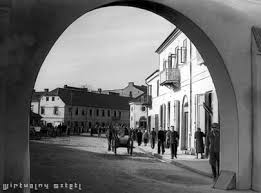
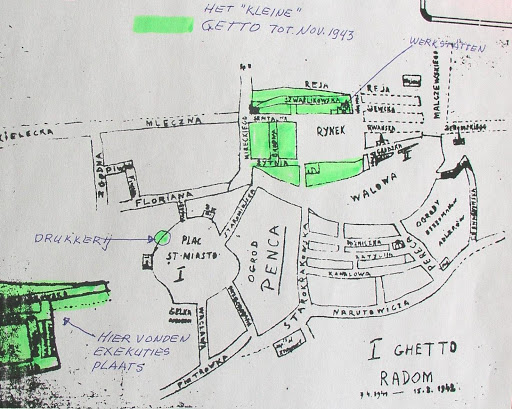

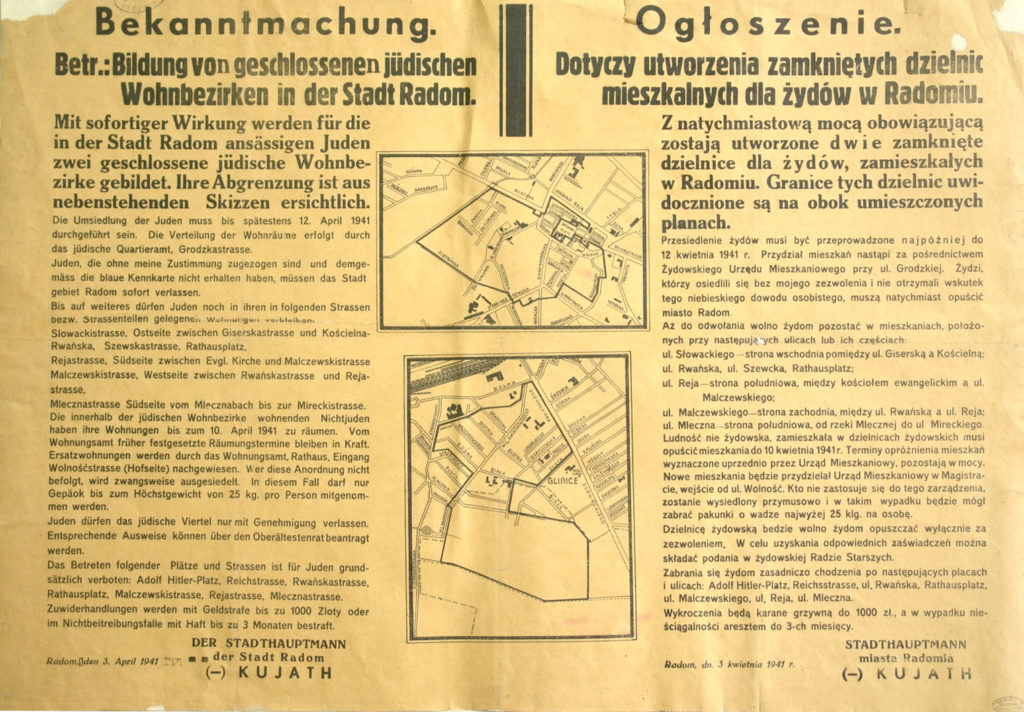
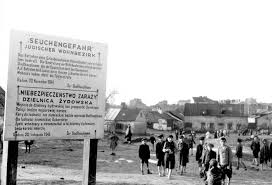

12.02.2020
Step 2 - Beit means Home
Radom is a city in central Poland. It is located 103 kilometres south of Warsaw in the Masovian Voivodeship.
Radom was founded in the 14th century. A reference to a “Jewish” street in the town comes from documents dated 1567. The first Jewish families, totaling 65 people, came to Radom in about 1795. In 1815, the Jewish population had grown to 435 people. By 1827, about 1,000 Jews lived in Radom (representing 23.2% of the city’s population). They worked mainly as peddlers or artisans. In 1844 the community built a synagogue. Private donations also made possible the establishment of a Jewish hospital with 25 beds.. By 1860, the community numbered 2,723 (about 27% of the city’s population), among them three rabbis. Jews continued to work mainly in trade and crafts, but also were among Radom’s pioneering entrepreneurs, mostly in the tanning business. The revolution of 1905–1907 sparked the development of Jewish political life. In 1916, Jews gained representation in Radom’s municipal self-government for the first time. After Polish independence in 1918, Radom was included in Kielce province. In 1921, the city’s Jewish population numbered 24,465 (39.7% of all residents); in 1931, there were 25,159 Jews (32.3%), but by 1938 their numbers had fallen to 24,745, as did their percentage of the total (29%). During this period, Radom’s Jews maintained more than 100 organizations and social institutions, at least 12 periodicals, a theater, an artistic and literary society, and more than 20 educational institutions. Although peddlers and artisans still predominated among Radom’s Jews, the community also included doctors, lawyers, and officials.
With the Nazi occupation of 1939, Radom became the capital of one of four districts of the Generalgouvernement. With forced resettlements, the city’s Jewish population increased dramatically, reaching about 33,000 by 1942. In April 1941, the Germans established two ghettos in the city—the “large ghetto” in the city center and the “small” ghetto in the Glinica neighborhood.
Internet resources:yivoencyclopedia.org/article.aspx/Radom, The YiVO Encyclopedia of Jews in Eastern Europe [2020.02.12].
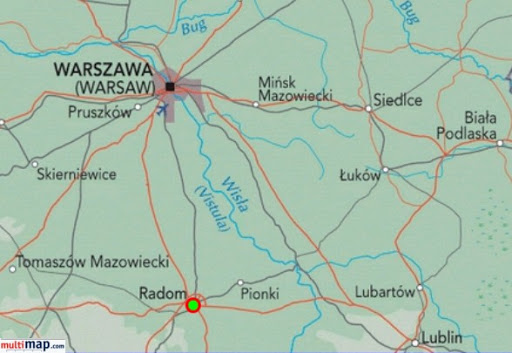
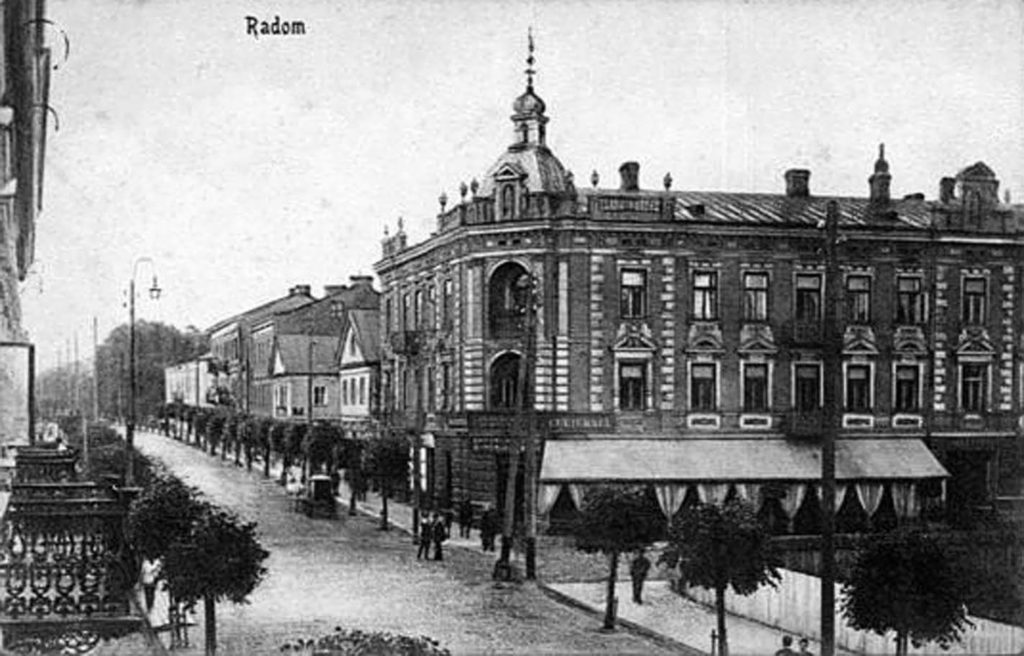
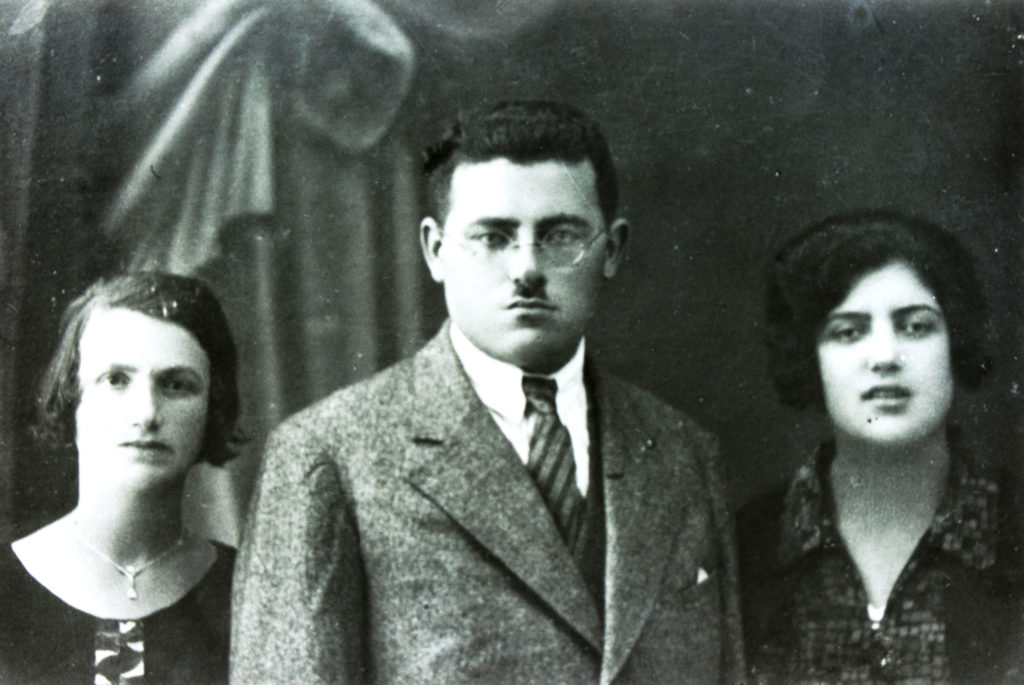
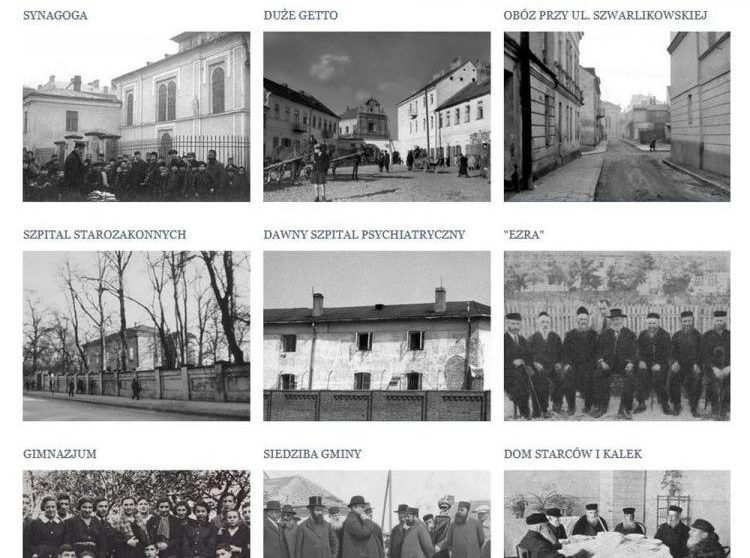
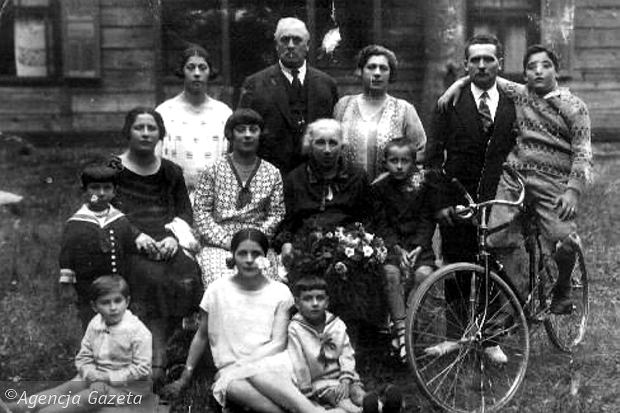
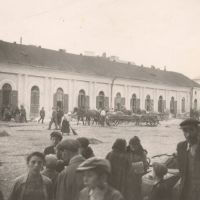
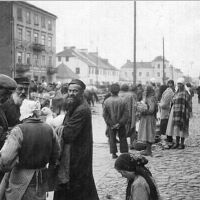
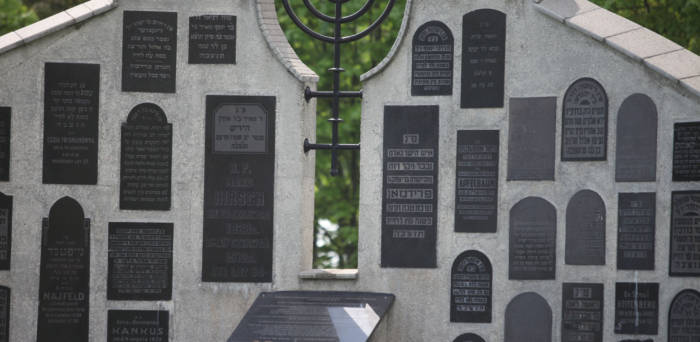

11.02.2020
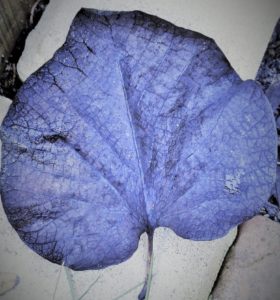
Still - Jeszcze - Doch
Wisława Szymborska was a Polish poet, essayist, translator and recipient of the 1996 Nobel Prize in Literature.
,,Jeszcze” (Polish)- `Still`(English) – ,,Doch” (German) is a one of few poems by Wisława Szymborska related direct to the Holocaust.
Still
Across the country’s plains
sealed boxcars are carrying names;
how long will they travel, how far
will they ever leave the boxcar–
don’t ask, I can’t say, I don’t know.
The name Nathan beats the wall with his fist,
the name Isaac sings a mad hymm,
the name Aaron is dying of thirst,
the name Sarah begs water for him.
Don’t jump from the boxcar, name David.
In these lands you’re a name to avoid,
you’re bound for defeat, you’re a sign
pointing out those who must be destroyed.
At least give your son a Slavic name;
he’ll need it. Here people count hairs
and examine the shape of your eyelids
to tell right from wrong, “ours” from “theirs.”
Don’t jump yet. Your son’s name will be Lech.
Don’t jump yet. The time’s still not right.
Don’t jump yet. The clattering wheels
are mocked by the echo of night.
Clouds of people passed over this plain.
Vast clouds, but they held little rain–
just one tear, that’s a fact, just one tear.
A dark forest. The tracks disappear.
That’s a fact. The rail and the wheels
That’s a fact. A forest, no fields.
That’s a fact. And their silence once more.
That’s a fact, drums on my silent door.
Translated from the Polish by Stanislaw Baranczak and Clare Cavanagh
Doch
In plombierten Waggons gebracht,
fahren Namen durch Land und Nacht.
Wohin sie fahren in Herden
Und ob sie aussteigen werden,
fragt nicht, ich sag’s nicht, ich weiß nicht.
Der Name Nathan schlägt an die Wand,
der Name Isaak lallt ohne Verstand
der Name Sarah ruft nach Wasser für
den Namen Aaron, der verdurstet hier.
Springt nicht vom fahrenden Zug, Name Dawid.
Dein Name ist zum Verderben verdammt,
du Ungenauster, niemanden eigen,
zu schwer zu tragen in diesem Land.
Nenn deinen Sohn, jetzt slawisch, Frau
sie zählen das Kopfhaar hier genau,
für sie steckt der Recht – und Schlecht – Unterschied
in euren Namen, im Schritt vom Lid.
Spring nicht vom fahrenden Zug. Nenn ihn Lech.
Spring nicht. Noch ist es nicht soweit.
Spring nicht. Die Natur dröhnt wie Hohngelächt‘,
sie hänselt das Rattern der Räder am Gleis.
Eine Menschenwolke überzog das Land,
große Wolke, kleiner Regen, eine Träne rann,
kleiner Geleise führt in den schwarzen Wald.
Ja so, ja, rattert’s. Durch Wald – gefahren.
Ja so, ja. Transporte von Rufen fahren.
Ja so, ja. Ich höre, nachts geweckt,
ja so, ja, wie Stille die Stille geweckt.
Übersetzt von Karl Dedecius, 1957
Jeszcze
W zaplombowanych wagonach
jadą krajem imiona,
a dokąd tak jechać będą,
a czy kiedy wysiędą,
nie pytajcie, nie powiem, nie wiem.
Imię Natan bije pięścią w ścianę,
imię Izaak śpiewa obłąkane,
imię Sara wody woła dla imienia
Aaron, które umiera z pragnienia.
Nie skacz w biegu, imię Dawida.
Tyś jest imię skazujące na klęskę,
nie dawane nikomu, bez domu,
do noszenia w tym kraju zbyt ciężkie.
Syn niech imię słowiańskie ma,
bo tu liczą włosy na głowie,
bo tu dzielą dobro od zła
wedle imion i kroju powiek.
Nie skacz w biegu. Syn będzie Lech.
Nie skacz w biegu. Jeszcze nie pora.
Nie skacz. Noc się rozlega jak śmiech
i przedrzeźnia kół stukanie na torach.
Chmura z ludźmi nad krajem szła,
z dużej chmury mały deszcze, jedna łza,
mały deszcze, jedna łza, suchy czas.
Tory wiodą czarny las.
Tak to, tak, stuka koło. Las bez polan.
Tak to, tak. Lasem jedzie transport wołań.
Tak to, tak. Obudzona w nocy słyszę
tak to, tak, łomotanie ciszy w ciszę.

10.02.2020
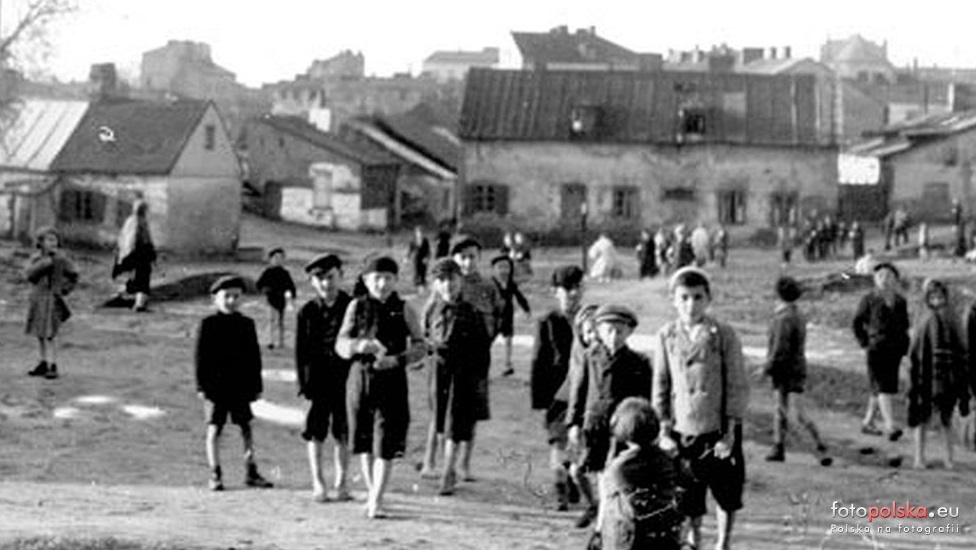
Step 1 – message
The Virtual `Steps` is a part of our project documenting the history of Maria Altman, Marek James, Marek Steinbaum, Roman and Eleonora Witoński, Jewish children – citizens of our city, Radom. Students` team tells a story in historical and human contex, because we can not forget about The Holocaust.
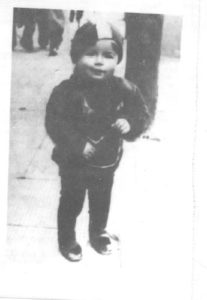
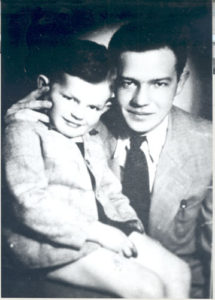
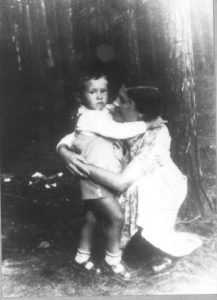
photos come from: www.kinder-vom-
This project collects information, photos, documents and texts.
We hope, The Virtual `Seps` will be visited by users from Radom and all over the world.
Students:
- Basia
- Oliwia
- Zuzanna
- Klaudia
- Julia
- Karolina
- Mateusz
- Aleksander
Coordinators:
- Anna
- Marzena

05.02.2020
Okres realizacji projektu: 10.02.2020- 21.04.2020
10 lutego zaczynamy realizację projektu międzynarodowego Youth Project 2020, do którego zostaliśmy zaproszeni przez niemieckie stowarzyszenie Association Of The Children From The Bullenhuser Damm. Projekt będzie również realizowany we współpracy z The Concentration Camp Memorial Neuengamme.
Projekt na terenie Radomia będzie trwał od 10 lutego do 15 kwietnia. 16 kwietnia wyjeżdżamy do Niemiec (powrót 21 kwietnia) , gdzie wśród młodzieży z krajów europejskich będą realizowane warsztaty, spotkania i dyskusje. Językiem projektu jest język angielski.
W Youth Project 2020 biorą udział uczniowie klasy pierwszej liceum, którzy mają 16 lat (wymóg zapraszającego). Uczestnicy projektu będą badaczami fragmentów historii naszego miasta, reporterami, fotografami, będą uczestniczyć w spotkaniach z historykami, kulturoznawcami i pracownikami naukowymi.
Youth Project pierwszy raz był realizowany przez naszą szkołę w 2015 roku w Radomiu i Hamburgu Jest to projekt historyczny dotyczący małych obywateli naszego miasta, którzy zostali wywiezieni do obozu koncentracyjnego w Neuengamme na terenie Niemiec. Projekt, który zrealizowaliśmy otrzymał nagrodę European Language Label w 2016 roku ell.org.pl/portfolio/europeans-for-peace-memories-and-feelings
Zebranie dla rodziców uczniów, którzy przystąpili do projektu odbędzie się 10 lutego o godzinie 16.00 sala nr 8 w szkole. Spotkanie poprowadzi nauczyciel- Marzena Wojciechowska.


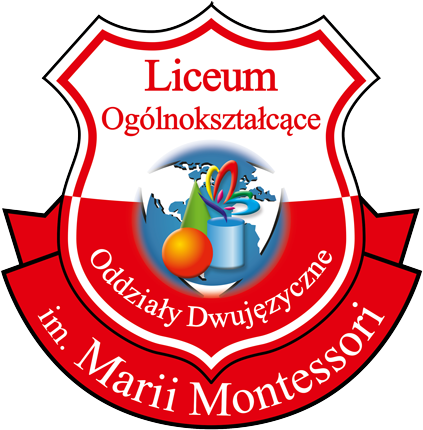




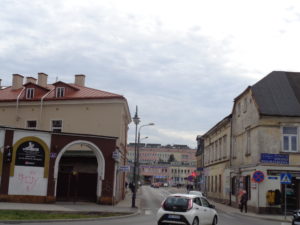
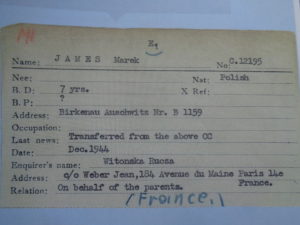
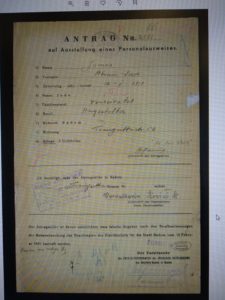
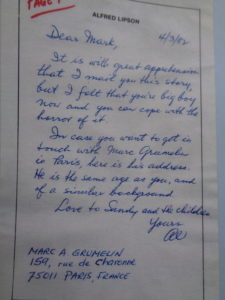
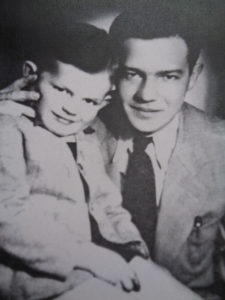
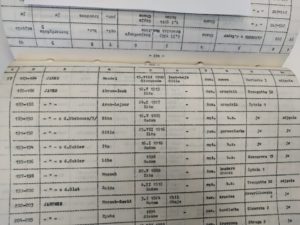
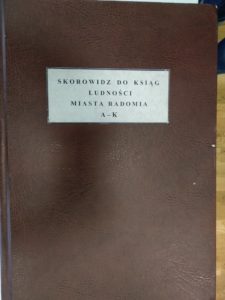
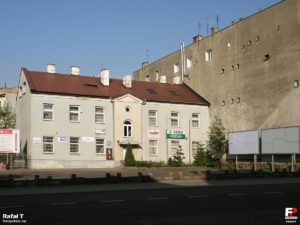
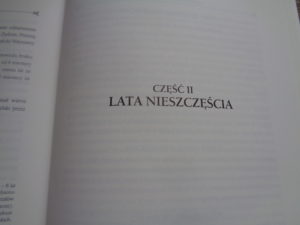
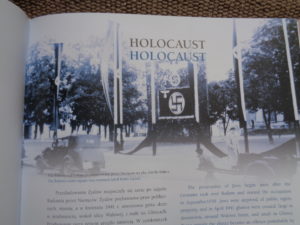

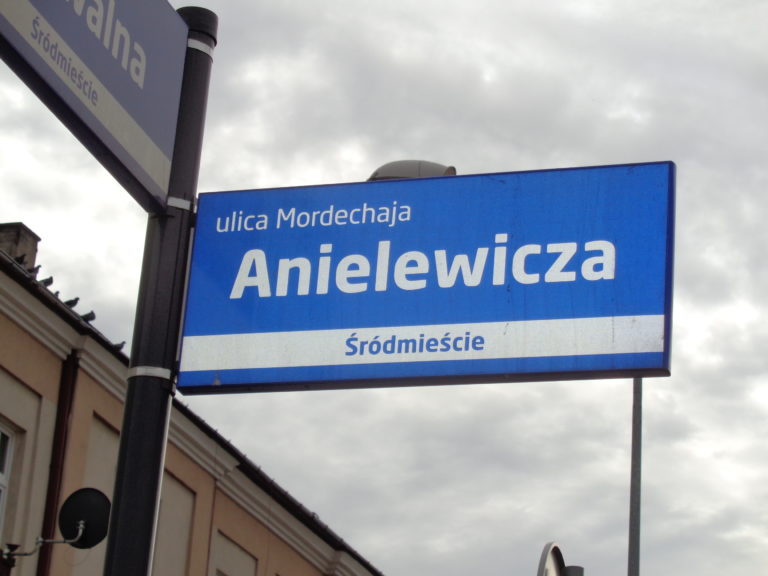
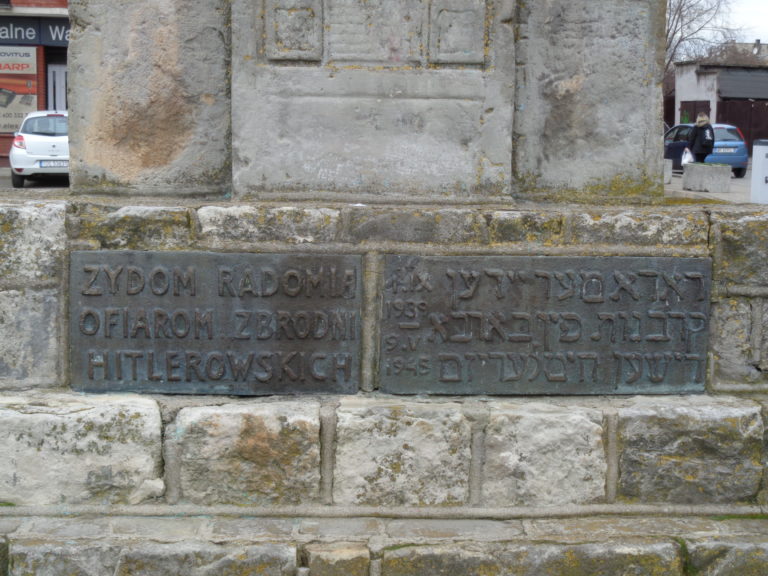
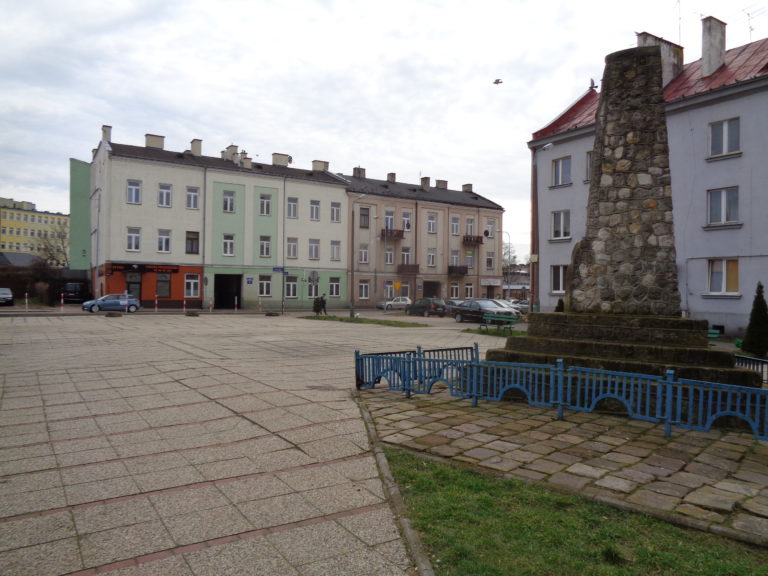
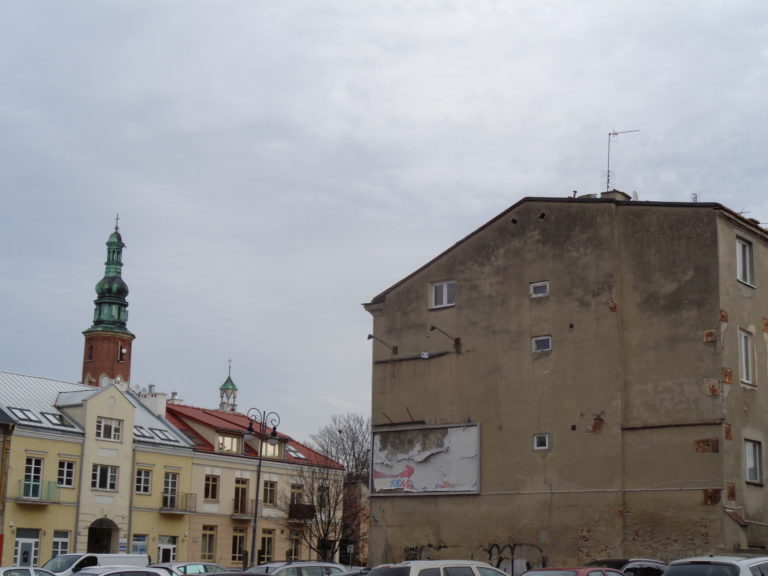
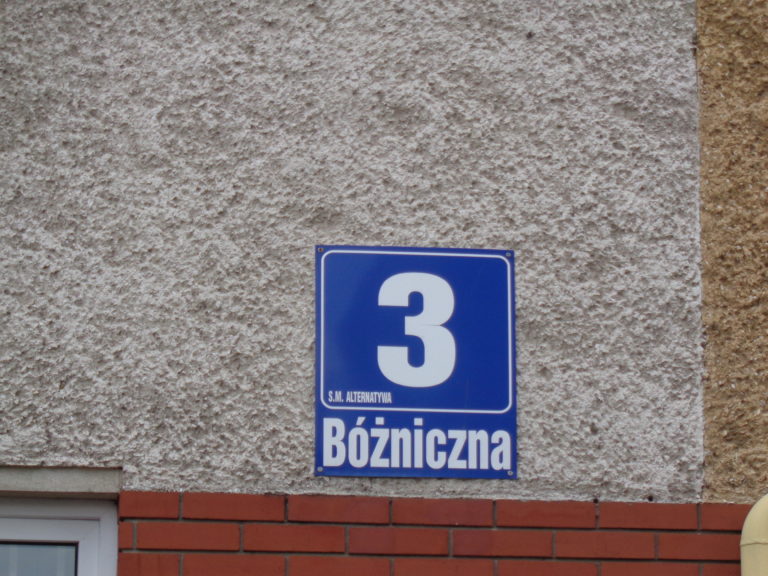
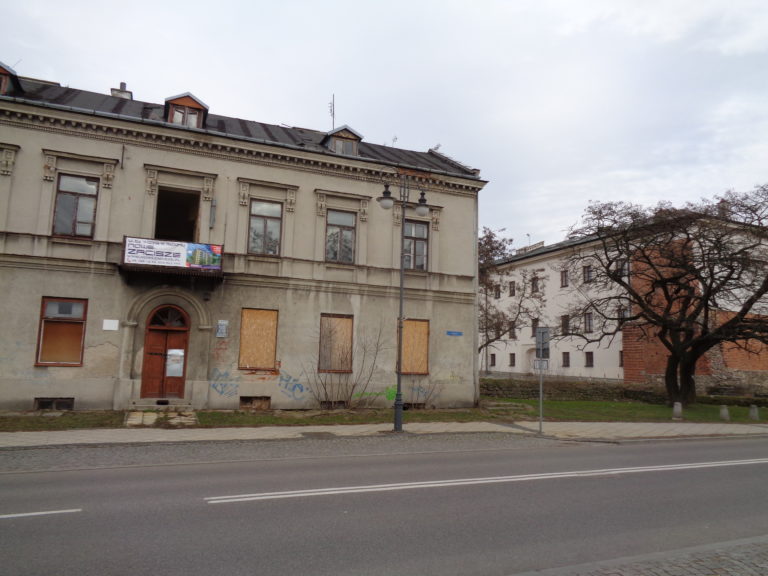
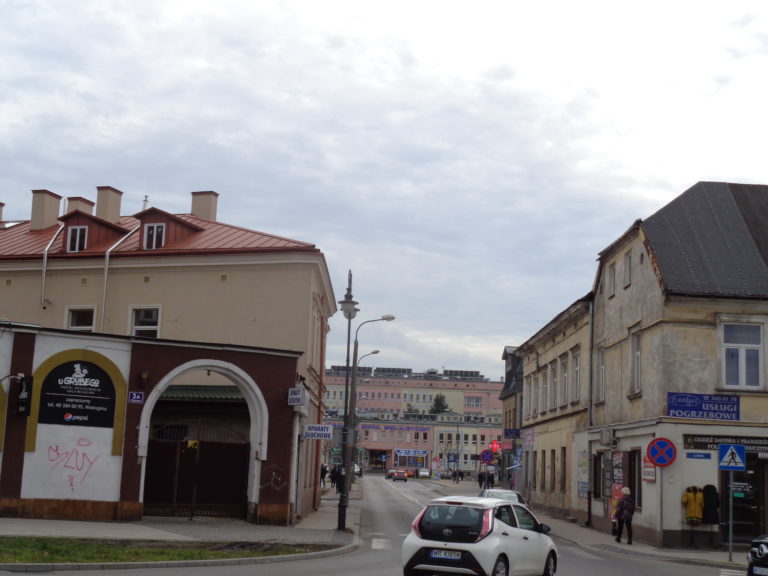
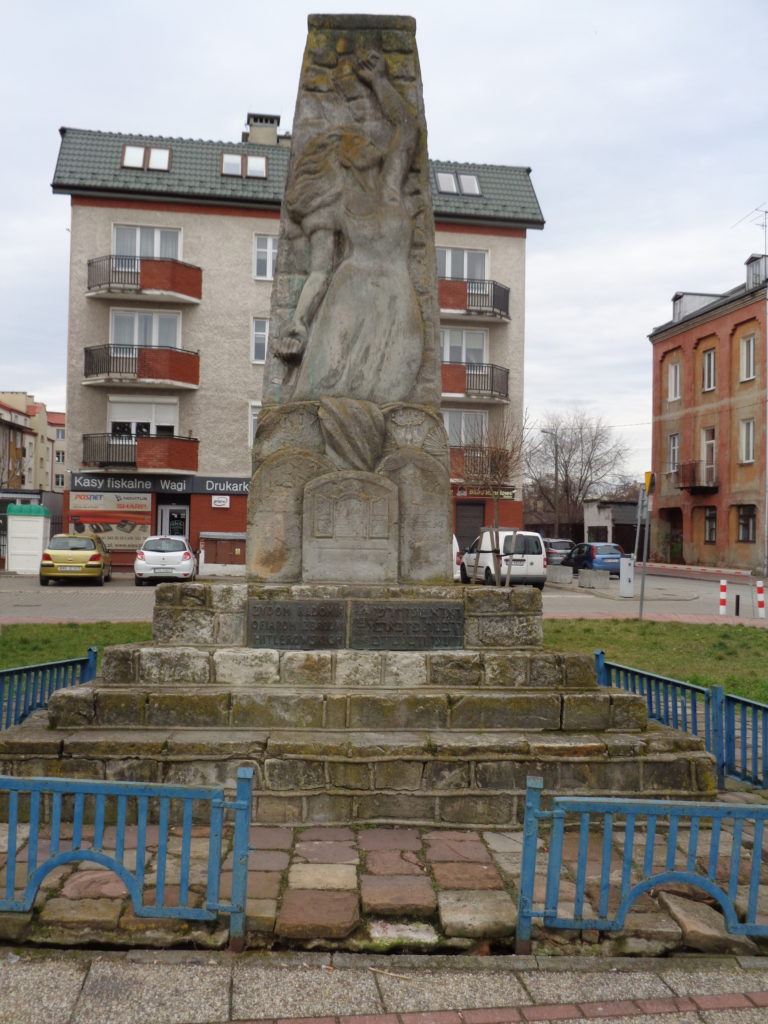
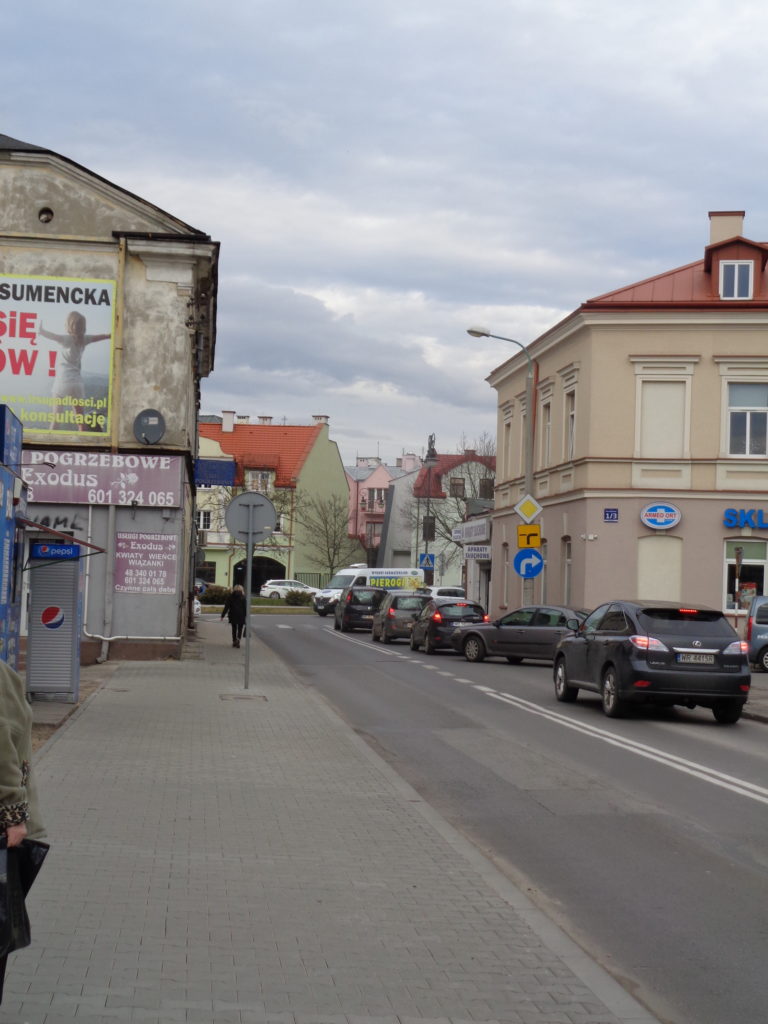
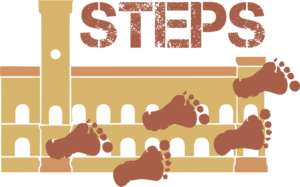






 Visit Today : 203
Visit Today : 203 This Month : 5527
This Month : 5527